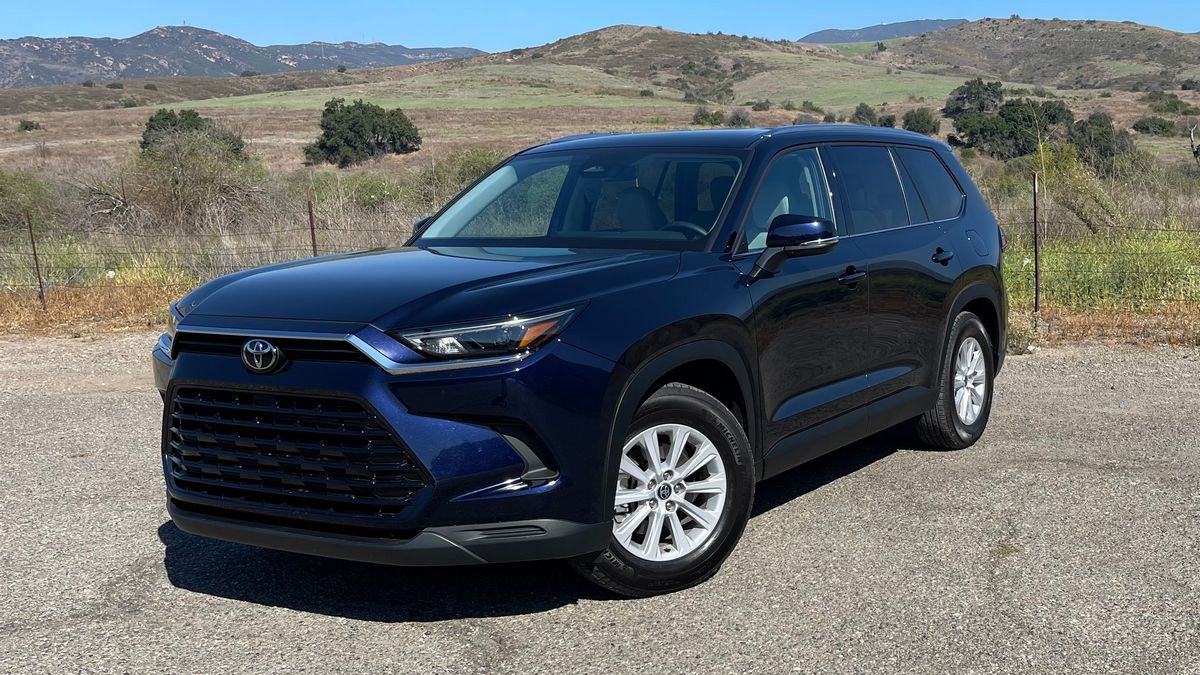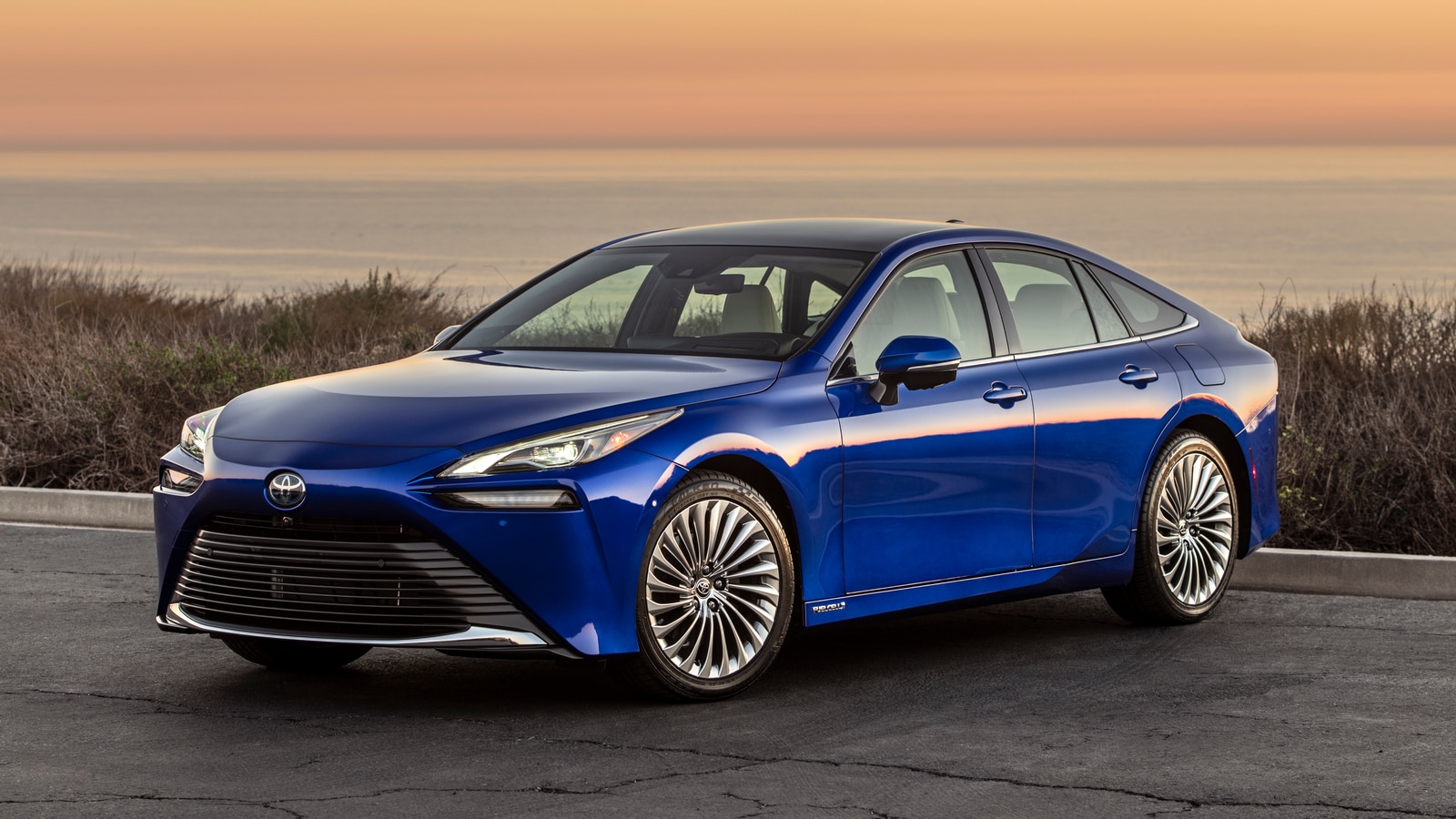Electric Car Hot Weather Tips
- Plan your driving route for errands to make the most efficient use of your time and battery range.
- Charge during off-peak times to potentially save time using public stations and save money using your residential charger.
- Use the electric car’s “eco mode” to automatically adjust settings that reduce energy consumption and optimize battery efficiency.
You can use electric cars in any temperature, but current and potential EV owners need to understand how hot weather affects performance and battery range. As with cold weather driving and charging in the winter, there are key things to remember during the warmer months. Here are some best practices for driving electric cars and charging EV batteries when the temperature gets hot.
1. Plan Your Route
Electric cars typically use battery power faster when it’s hot, and recharging takes more time than in mild temperatures. To avoid having battery power run low during a scorching hot day, be intentional about planning your route and combine errands whenever possible. If you commute to work, make time in your schedule for other stops along the way so you don’t make special trips and all your driving is done at once.
RELATED: How to Take an EV Road Trip
2. Plan Your Charging Stops
While planning your driving route away from home, also plot charging stops. Make the most efficient use of your time and battery range. Online tools and smartphone apps can provide real-time data on EV charging stations, availability, and historical reliability ratings. Use them to map out the most convenient charging stops along your route.
Take advantage of charging stations at grocery stores, restaurant parking lots, or other common areas. These opportunities offer a great way to ensure you have enough range to reach your destinations comfortably without hiccups.
RELATED: EV Charging Stations: Everything You Need To Know
3. Precondition Your EV Interior
Many electric cars have a “precondition” feature that lets you remotely cool down the interior while the EV remains plugged in. Preconditioning can help optimize your EV’s performance in hot weather by reducing the strain on the air conditioning system once you start driving. Since the cabin is already cool, the battery isn’t overworked, dropping the temperature to a comfortable level.
Note: EV battery preconditioning is a separate function of an electric car used in cold weather to prepare the battery for optimal performance.
4. Charge During Off-Peak Hours
Many utility companies implement rate surcharges for electricity use during peak demand times, so do your wallet a favor and be mindful of those periods when charging at home.
Avoid prolonged use of fast chargers and choose slower chargers when possible. Level 1 and Level 2 chargers take longer to recharge, but they’re easier on the battery by generating less heat during charging.
RELATED: Everything That Drains Your Electric Car Battery
5. Monitor Your Battery
Pay attention to your battery temperature and state of charge (SOC) during hot weather. Most electric vehicles have a built-in battery management system that provides real-time data on the temperature and SOC. You should be able to access these details through your infotainment menus or the manufacturer’s mobile app.
In the unlikely event that the battery is getting too hot, take a break from driving. Give it time to cool down before continuing your journey.
RELATED: How Much Does It Cost To Charge an Electric Car?
6. Park in the Shade
As it sits unattended, park your EV in the shade to reduce the heat buildup inside your vehicle. If you can’t find shade, use reflective window covers or sunshade inserts to block those rays from entering your vehicle. Small steps like these can reduce how much you’ll need the air conditioner and save a few miles of battery range.
Prolonged exposure to extreme heat can affect an electric car battery’s long-term performance and, ultimately, reduce its lifespan. Don’t expose your vehicle to direct sunlight for extended periods to prevent overheating. If possible, always park in a shaded or well-ventilated area to allow the battery to cool down naturally.
Does the Outside Temperature Affect My EV Range?
External temperatures can affect your EV range and charging speeds. Most electric cars have significantly less range in extreme heat and freezing temperatures.
7. Drive Smart
Safe and smart driving is always good practice, but it’s especially important in hot weather to help conserve your battery range. Accelerate and decelerate steadily, and utilize the vehicle’s regenerative braking. Don’t sit idle with the car turned on for more than a few minutes, and stay within the recommended speed range. These good habits will help manage energy consumption. Additionally, be mindful of the load you carry. Avoid weighing the car down with excess cargo.
Do Electric Cars Overheat in the Summer?
An EV’s electric motor is less susceptible to overheating than a gas-powered engine. However, the lithium-ion batteries that power the electric motor can overheat if the thermal management systems fail.
8. Use Eco Mode
MORE: Electric Car Charging Etiquette Guide
9. Keep Your Tires Properly Inflated
Maintaining the proper tire pressure is essential for any vehicle in all weather conditions, but it’s particularly crucial for electric car tires in hot weather. Underinflated tires can create more rolling resistance, increasing the amount of energy it takes to keep rolling along the road. The higher the rolling resistance, the lower your EV range. Underinflated tires also affect handling and stability.
Check your tire pressure regularly, and keep them properly inflated to boost performance and increase your driving range.
Read Related Articles:
Editor’s Note: This article has been updated since its initial publication. Chantel Wakefield contributed to the report.





